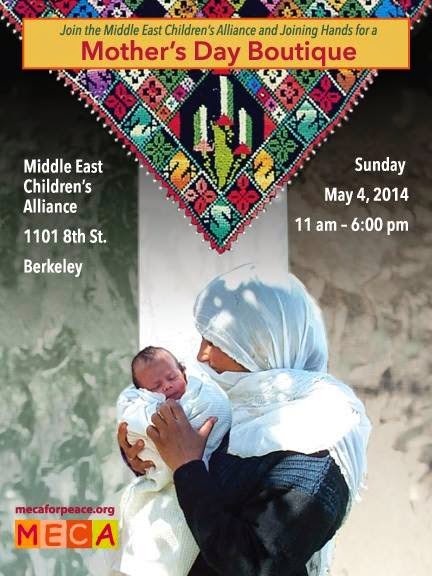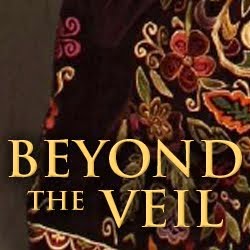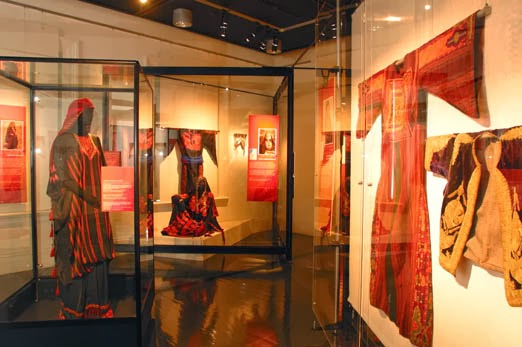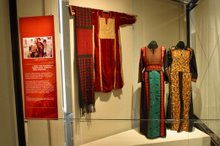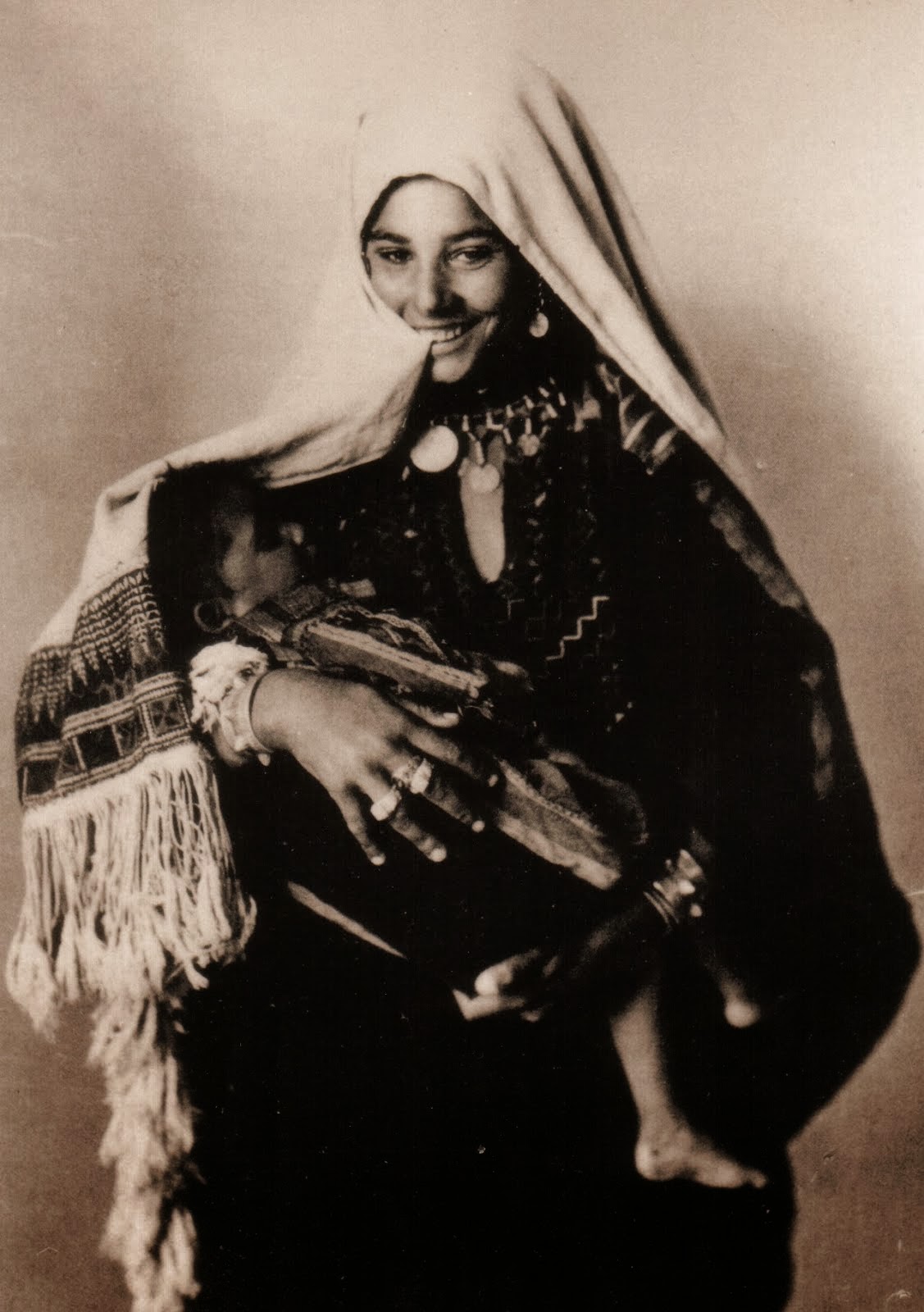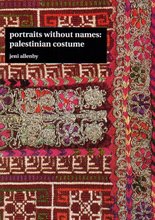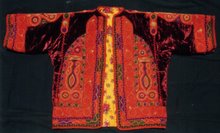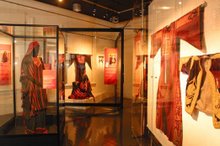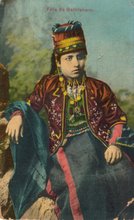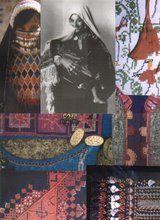 |
| Kurd Street Sweeper, Beyrouth Evelyne Bustros and Georges Cyr "Lebanese and Syrian costumes" 1939 Publisher: Beirut, Lebanon: Impimerie Catholique |
A recent acquisition of an indigo Syrian coat (which we'll post about in a day or so) provided a welcome opportunity to spend some time looking through Evelyne Bustros and Georges Cyr's portfolio "Lebanese and Syrian costumes" which was published in 1939 by Impimerie Catholique in Beirut.
The copy in our library is bound but it usually comes unbound as portfolio. This is useful if you are planning an exhibition of Syrian or Lebanese costume. The little water colours look beautiful displayed, especially if you match them up with correctly attired mannequins. We've displayed them in two of our exhibitions.
The copy in our library is bound but it usually comes unbound as portfolio. This is useful if you are planning an exhibition of Syrian or Lebanese costume. The little water colours look beautiful displayed, especially if you match them up with correctly attired mannequins. We've displayed them in two of our exhibitions.
The portfolio contains twenty-five water colours by Cyr of Syrian and Lebanese folk costumes.
 |
| Alaouite women Evelyne Bustros and Georges Cyr "Lebanese and Syrian costumes" 1939 Publisher: Beirut, Lebanon: Impimerie Catholique |
A poem by Evelyne Bustros appears at the beginning of the portfolio. Evelyne Bustros was an interesting woman. Samar Kanafani provides some background in her The Daily Star, Lebanon article "Evelyne Bustros is honored once again" (October 10, 2001):
"Already one of the first women in the 20th century to claim recognition in literary and political circles, Evelyne Bustros garnered another honor Tuesday when the Francophone Summit’s cultural committee dedicated a conference in her name.
"Held Tuesday at the Rencontre des Cultures pavilion at Riad Solh Square, the conference was conducted by Ghassan Tueni, the publisher of Beirut daily newspaper An-Nahar, with Culture Minister Ghassan Salameh in attendance.
"Bustros, who was born in 1878, emerged on the literary scene with the 1926 publication of her first novel, The Hand of Allah. This effort, the first French novel published by a Lebanese woman, thrilled reviewers as a genuine exploration into the meaning of Arab identity in a French colonial world. Only after its distribution in Egypt did the novel appear on Lebanese book shelves. Girded by this triumphant debut and her increased popularity, Bustros became active in the Lebanese feminist movement, organizing powerful demonstrations to promote women’s rights, according to Tueni. “The emotion was so great when one of these demonstrations happened to coincide with a march, which we organized to demand independence (from the French mandate),” Tueni recalled.
"Bustros’ political concerns and nationalist sympathies extended her enthusiasm well beyond women’s issues and literature. Among the few women to claim a prominent political role in the struggle for independence against the French, Bustros was the only female signatory of the National Pact’s preliminary draft in 1937, Tueni said admiringly.
Until her death in 1971, she wrote novels, chronicles, essays, and poems whose force continues, even today, to resonate artistically and politically. Ever founding literary and political clubs, Bustros helped, in the 1930s, to establish the first club to include both Muslim and Christian authors. “Evelyne left behind a great heritage of which we are very proud,” Tueni exclaimed. Bustros’ complete works are available in a single anthology, published by Dar an-Nahar."
 |
Hauranese Bride
Evelyne Bustros and Georges Cyr "Lebanese and Syrian costumes" 1939 Publisher: Beirut, Lebanon: Impimerie Catholique |
Georges Cyr is also interesting - a French artist who dedicated his life to Lebanon. In his reviews an exhibition of the artist's work in Lebanon (The Daily Star Friday, 22 June, 2007) James Farha discusses Cyr's Lebanese ouvre:
"Businessman Raymond Audi, one of Lebanon's most active arts patrons, has gathered together the privately held works of French modernist painter Georges Cyr for a two-month exhibition entitled "Georges Cyr dans les collections libanaises."
"The exhibition includes examples of Cyr's work from many stages in his artistic life, but it focuses on the art he produced after he moved to Beirut from Normandy in 1934. "Cyr represents two important traditions in the history of art in Lebanon," says Sarah Rogers, an art historian and PhD candidate in the history, theory and criticism of art and architecture program at the Massachusetts Institute of Technology. Rogers is particularly knowledgeable on Lebanese art history and has taught in the department of visual art at Notre Dame University in Zouk Mosbeh.
"First is the cultural crossroads that have long given form to art in Lebanon; the French Mandate opened the country more to all things French, and because of the legacy of the laissez-faire economy put into place by the mandate, Beirut's role as a locus for the trafficking of goods and services, and artists, only further developed post-1943," adds Rogers. "Secondly, his atelier served as an artistic meeting place and studio for training others interested in art which is part of a longer history of art in Beirut. For instance, before the Lebanese Academy of Fine Art [ALBA] established its art department in 1943, followed by the American University of Beirut's 10 years later in 1953, artists in Lebanon learned their craft in the studios of the previous generation such as [Charles] Corm and [Habib] Srour."
"The Cyr collection on view now is made up of 96 privately owned paintings organized in six rooms. The exhibition includes works in pencil, ink, watercolor, oil and gouache. The paintings chart his career through the first half of the 20th century and encompass a broad range of modernist styles ... Cyr's works are arranged in roughly chronologically order, and it is striking that even shortly before his death in 1964, he was still producing a great range of styles - from light, playful watercolors of people at a picnic to heavy cubist oils and landscapes""Light, playful watercolours" is a good description of the art works in "Lebanese and Syrian costumes".
 |
| Village Woman of the Homs Plain Evelyne Bustros and Georges Cyr "Lebanese and Syrian costumes" 1939 Publisher: Beirut, Lebanon: Impimerie Catholique |
The contents page lists each print with regional and social identification: "a Homs midwife", "a Kurd street-sweeper", "Merchant from Damascus" etc. An eclectic range of religions / geographic areas / communities are represented. However the watercolours are detailed enough to be extremely useful, in terms of traditional costume identification.
 |
| Bedouin woman of Akkar Plain, Lebanon Evelyne Bustros and Georges Cyr "Lebanese and Syrian costumes" 1939 Publisher: Beirut, Lebanon: Impimerie Catholique |
The contents list sometimes contains a little more information about the costumes.
 |
| Peasant woman of the Hama Plain Evelyne Bustros and Georges Cyr "Lebanese and Syrian costumes" 1939 Publisher: Beirut, Lebanon: Impimerie Catholique |
For example, for plate 19 "Village women of Ferouz and Zaidal in the Syrian Plain"
 |
| Village Women of Ferouz and Zaidal in the Syrian Plain Evelyne Bustros and George Cyr "Lebanese and Syrian costumes" 1939 Publisher: Beirut, Lebanon: Impimerie Catholique |
the additional text reads "petit point tapestry stitch on cotton or velvet materials coin studded headdress worn only after marriage". While for plate 3, "A Homs midwife"
 |
| Homs midwife Evelyne Bustros and Georges Cyr "Lebanese and Syrian costumes" 1939 Publisher: Beirut, Lebanon: Impimerie Catholique |
the additional text reveals "the tcharchaff" (striped material covering the clothing) worn in all Syria before the Great War, is only to be found in the interior nowadays"
 |
| Woman of the Djebel Druze Evelyne Bustros and Georges Cyr "Lebanese and Syrian costumes" 1939 Publisher: Beirut, Lebanon: Impimerie Catholique |
You can still acquire copies of the portfolio via Ebay, both as a portfolio and sold separately. Sometimes other prints come up for sale that are not in the portfolio - like the sheik here. It's always worth keeping an eye out for these :)
 |
| Syrian Bedouin Woman Evelyne Bustros and Georges Cyr "Lebanese and Syrian costumes" 1939 Publisher: Beirut, Lebanon: Impimerie Catholique |

